Introduced by Pete Coe
I went to Ireland in 66, new to all this traditional folk stuff. I ended up in Tralee Co Cork, met up with some chaps who persuaded me to join their folk group for the Tralee Folk Group Competition where they’d planned to sing The Mingulay Boat Song. But they didn’t know the words. I did, hence the invite. We came in 3rd, it would have helped us if the winners weren’t called Finbar, Eddie, Paul & Ted Furey! One of the lads had some interesting songs including Banks of Red Roses which he said he’d learned from his next door neighbour in Belfast. So I learned it from him & it turned out that his neighbour was Sarah Makem. Chris Coe and I recorded the song on our first LP Open The Door and Let Us In in 1971. However, I’ve added a couple more verses recently, from Scottish Travellers, which fill out the grim story.
Listen to Pete playing & singing Banks of Red Roses.

Lyrics:
Now when I was a young man, I heard me mother say
That Mary was a foolish girl and easily led astray;
That rather than work, she would sooner sport and play
With her Johnny on the banks of red roses
By the banks of red roses, me love and I sat down
And I took out me fiddle, for to play me love a tune
In the middle of the tune, o the bonnie lassie cried,
“O my Johnnie, lovely Johnnie, don’t you leave me!”
He took her to his lodge and he treated her to tea
Saying, “Drink, me dearest Mary, and come along with me.
Won’t you drink me dearest Mary, and come along with me
To the lovely, lovely banks of red roses.”
Well they walked and they talked, ‘til they came to a cave
Where young Johnny all the day had been digging of a grave
Where young Johnny all the day had been digging of a grave
For to lie his lassie low among red roses.
“O Johnny, dearest Johnny, that grave is not for me?”
“O yes, me dearest Mary, it’s a bridal bed for thee.
O yes, me dearest Mary, it’s a bridal bed for thee.
For I’ll leave you lying low among red roses.
And he took out his pen knife, it was both long and sharp,
And he plunged it right in to his own dear Mary’s heart.
He plunged it right in to his own dear Mary’s heart,
And he left her lying low among red roses.
Now as he was going homewards, his heart was full of fear,
For every face along the road, he thought it was his dear
Every face along the road, he thought it was his dear
But he’d left her lying low among red roses.
So all you young maidens, a warning take by me
Beware, o beware of this young man’s company
Beware, o beware of this young man’s company
For he’ll leave you lying low among red roses.
By the banks of red roses, me love and I sat down
And I took out me fiddle, for to play me love a tune
In the middle of the tune, o the bonnie lassie cried,
“O my Johnnie, lovely Johnnie, don’t you leave me!”
Pete Coe in many ways represents the backbone of the modern folk revival. A fine solo performer and an energetic activist for the scene as well, founding Ryburn 3 Step, running folk clubs, dances and workshops in Ripponden and beyond while also teaching music and dancing in schools. He’s still one of the most committed, most versatile, most important folk artists in Britain. —Colin Irwin, MOJO

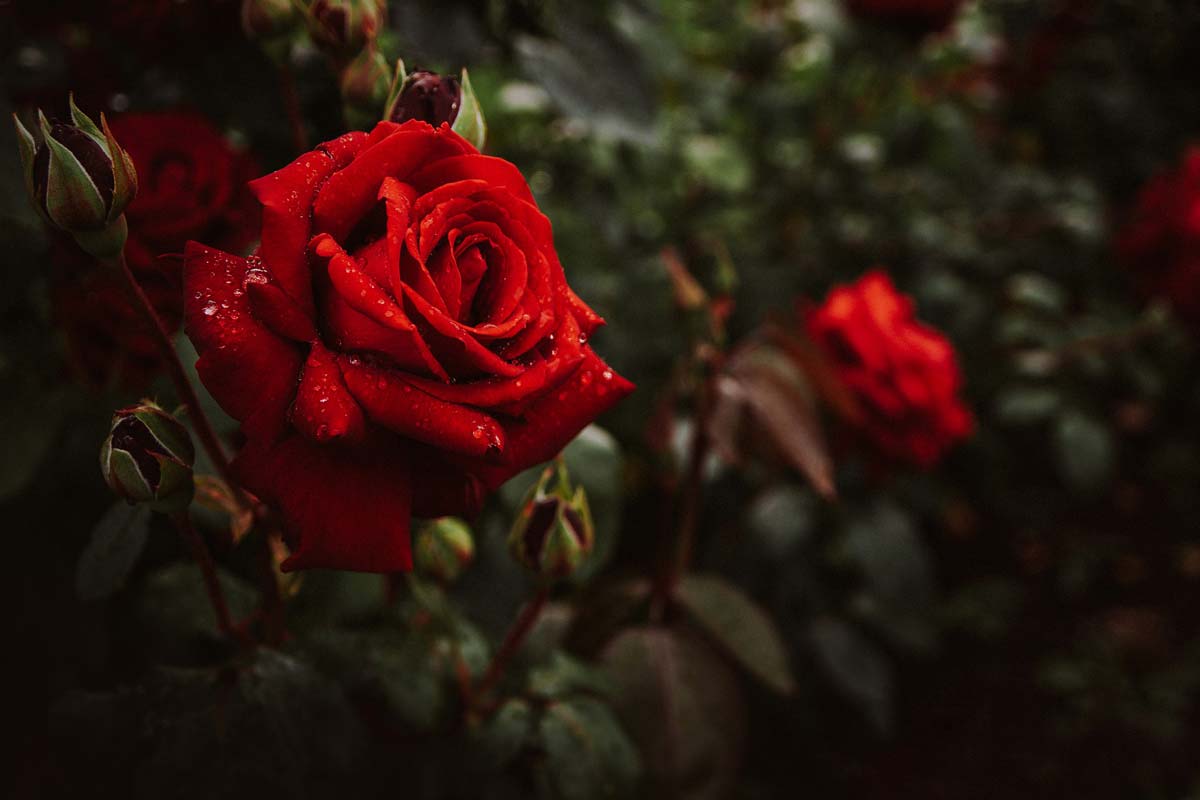
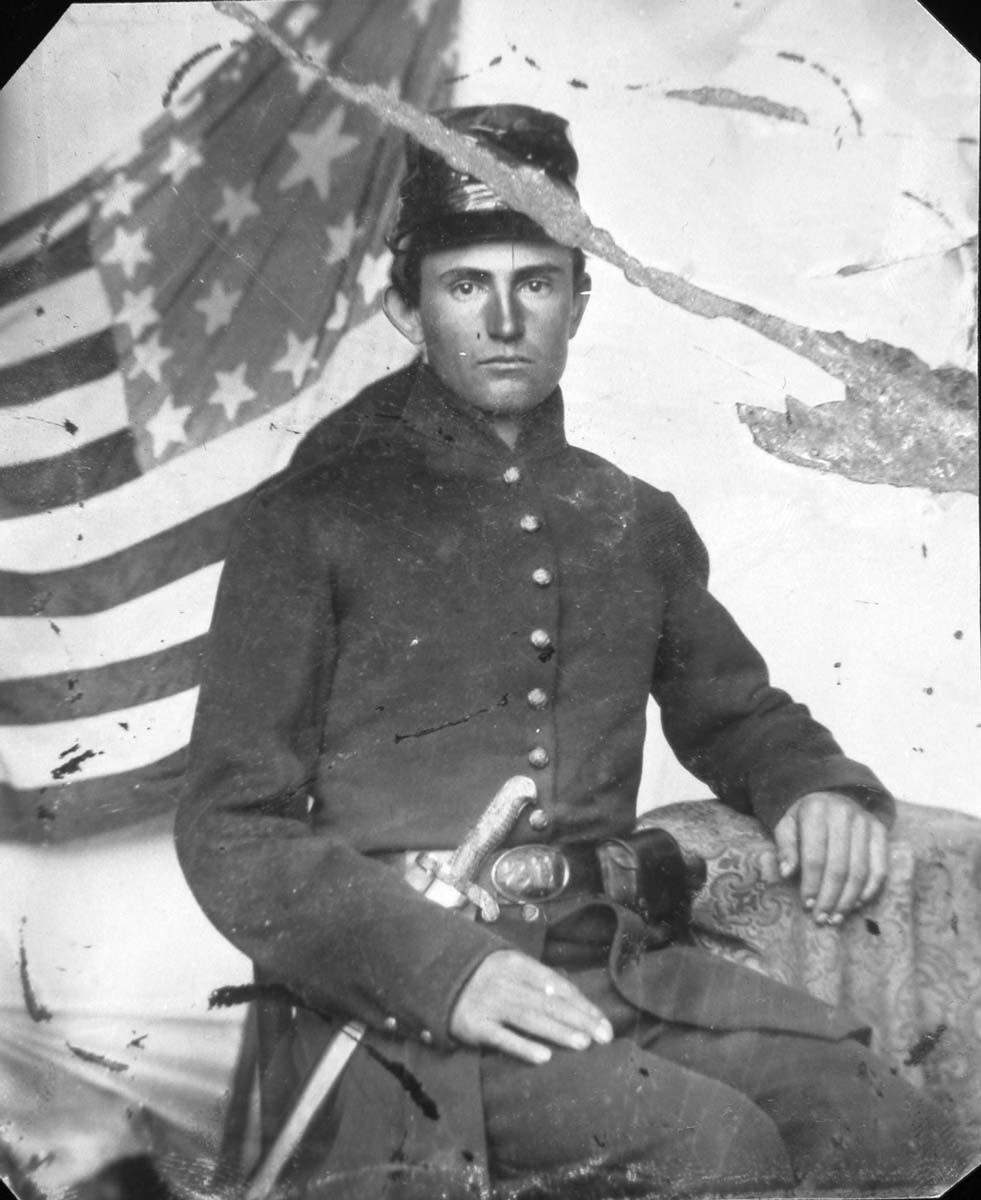
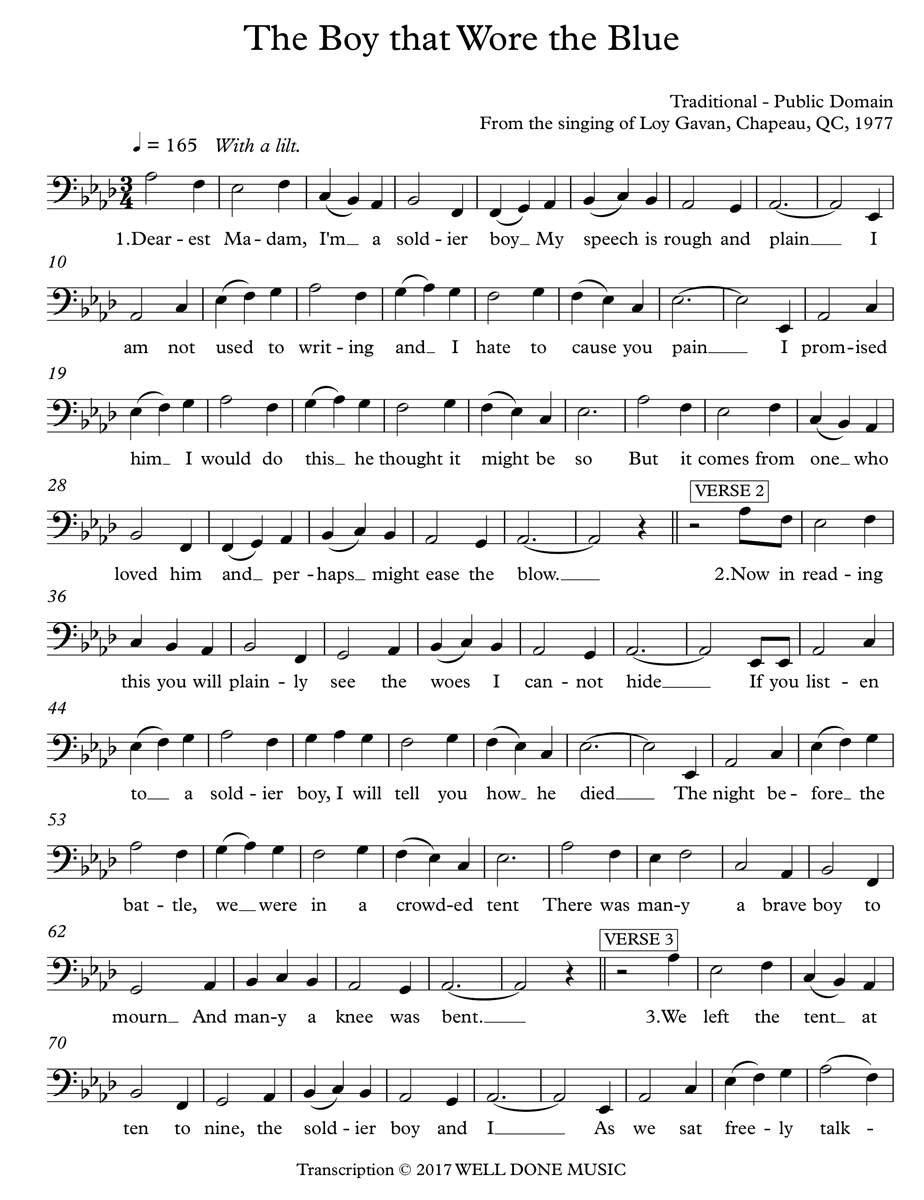
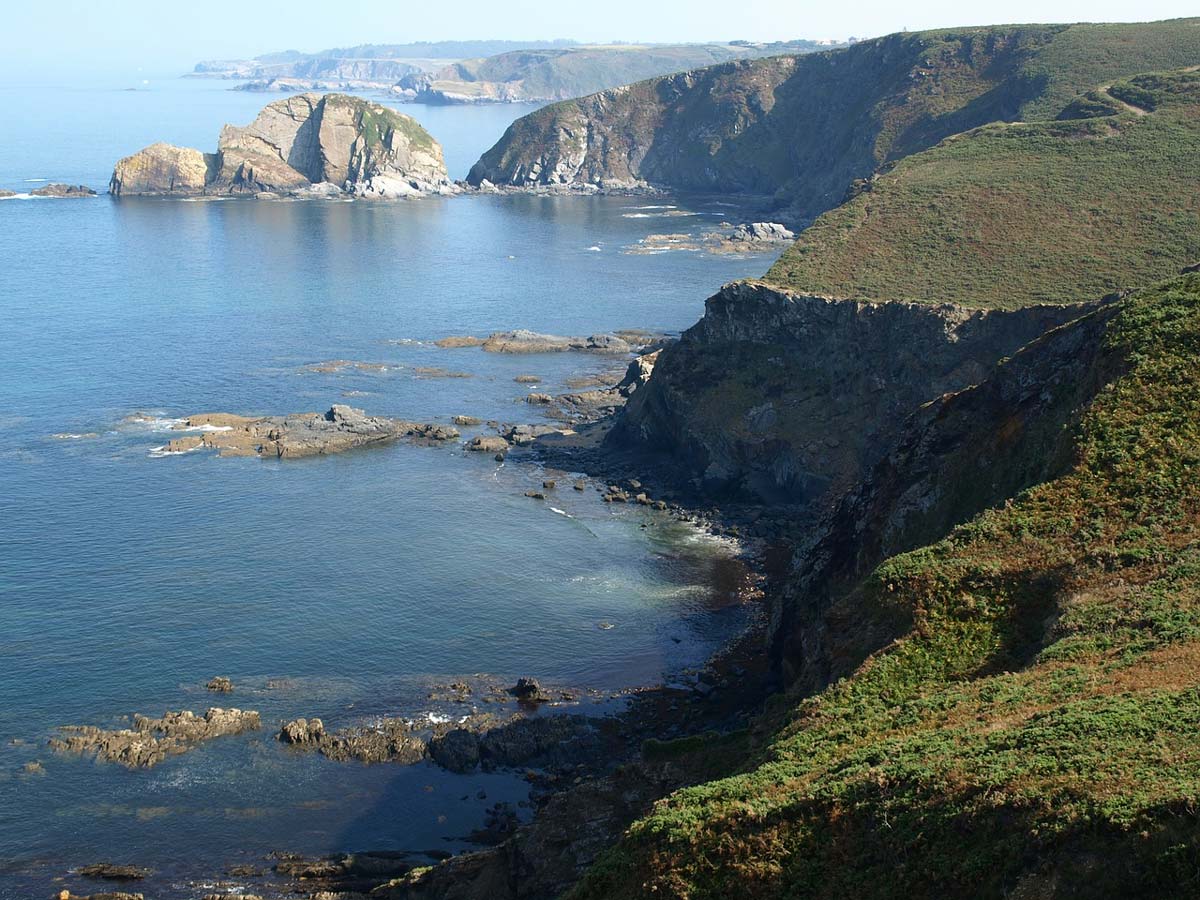
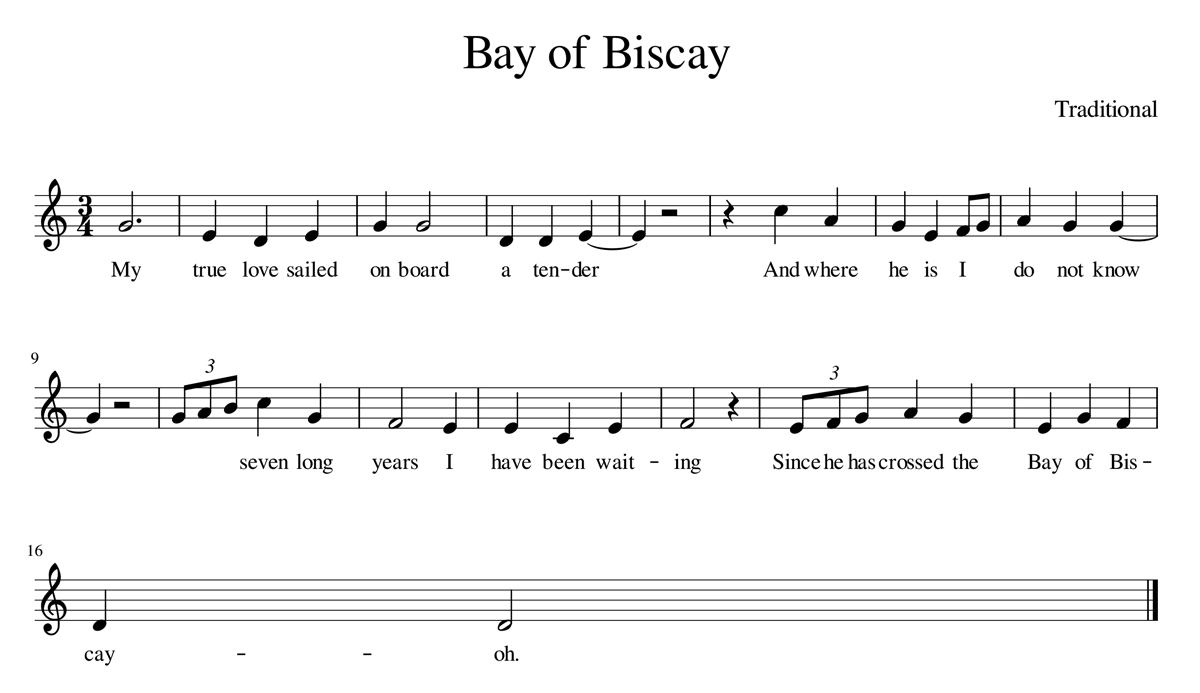
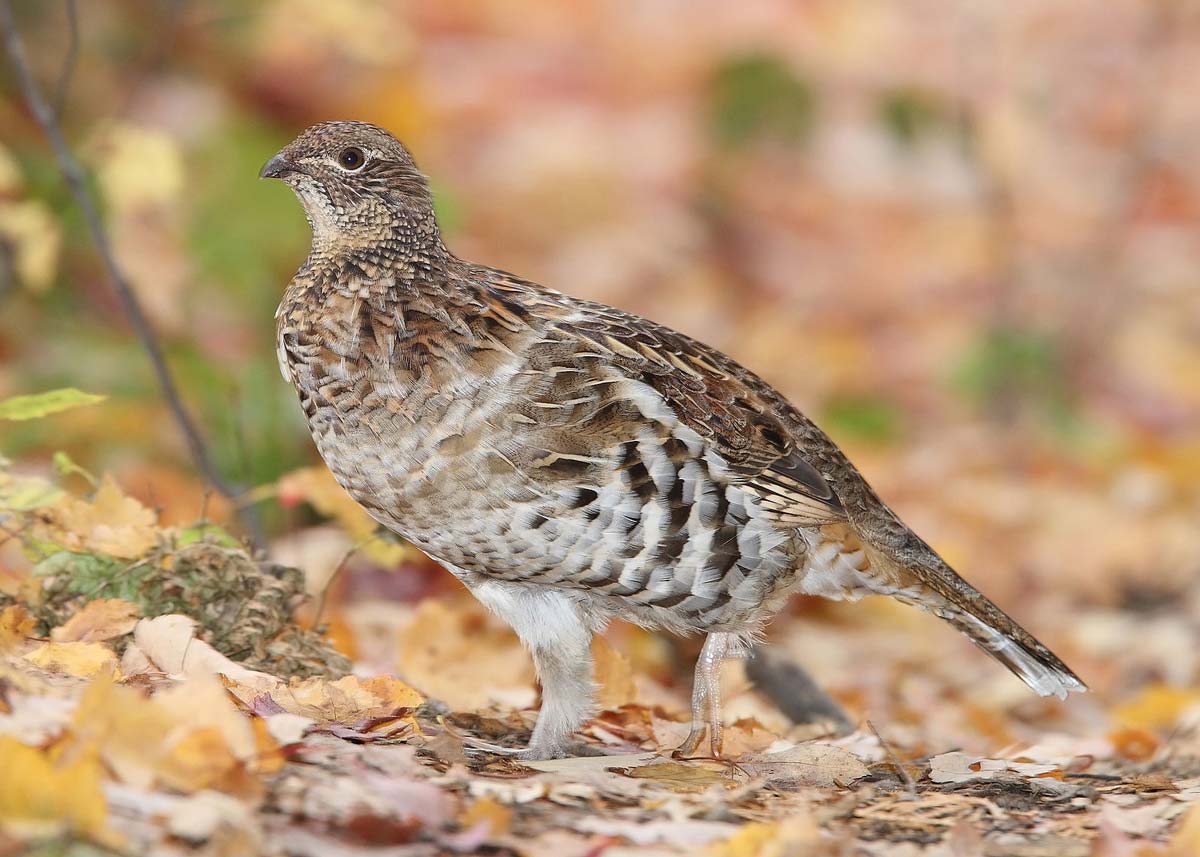
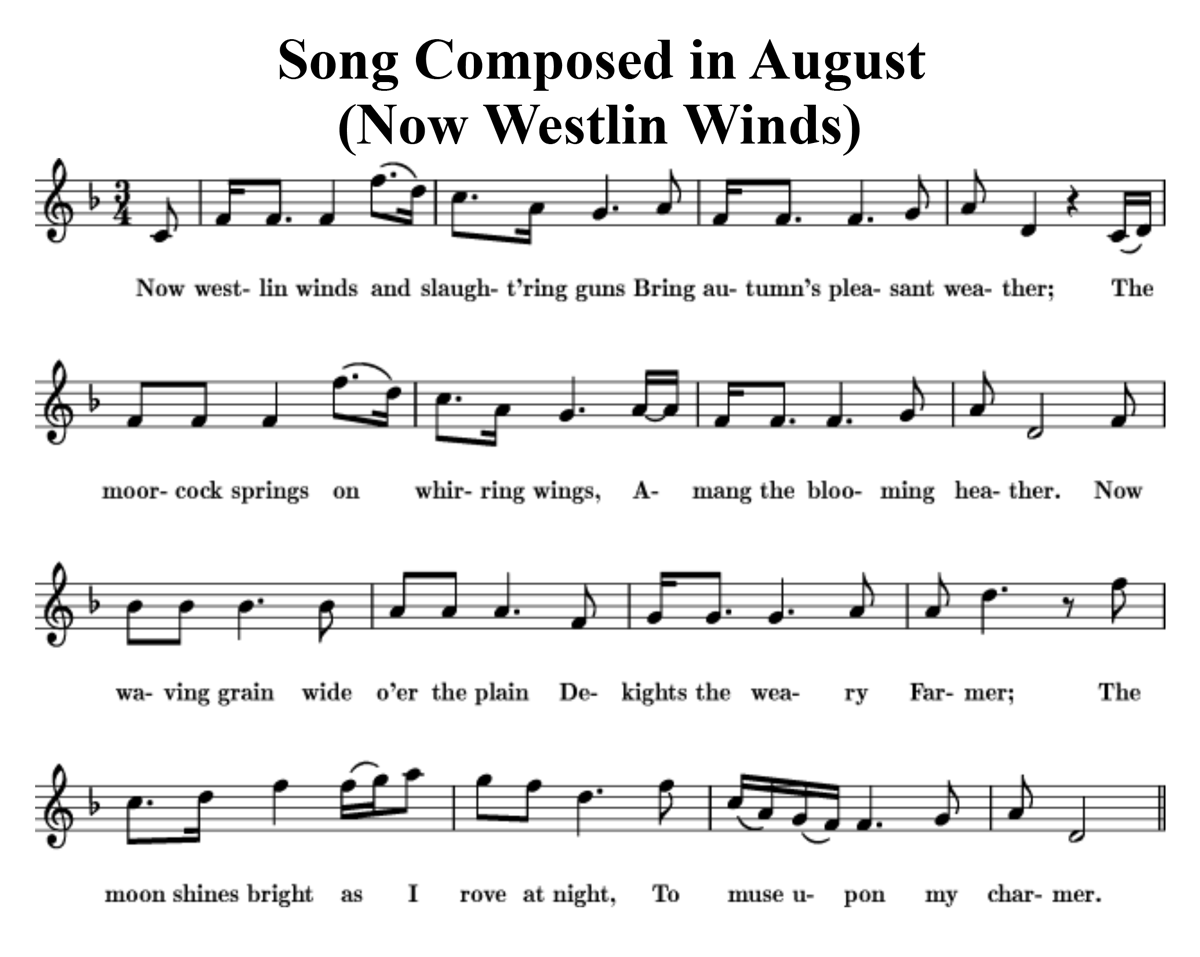
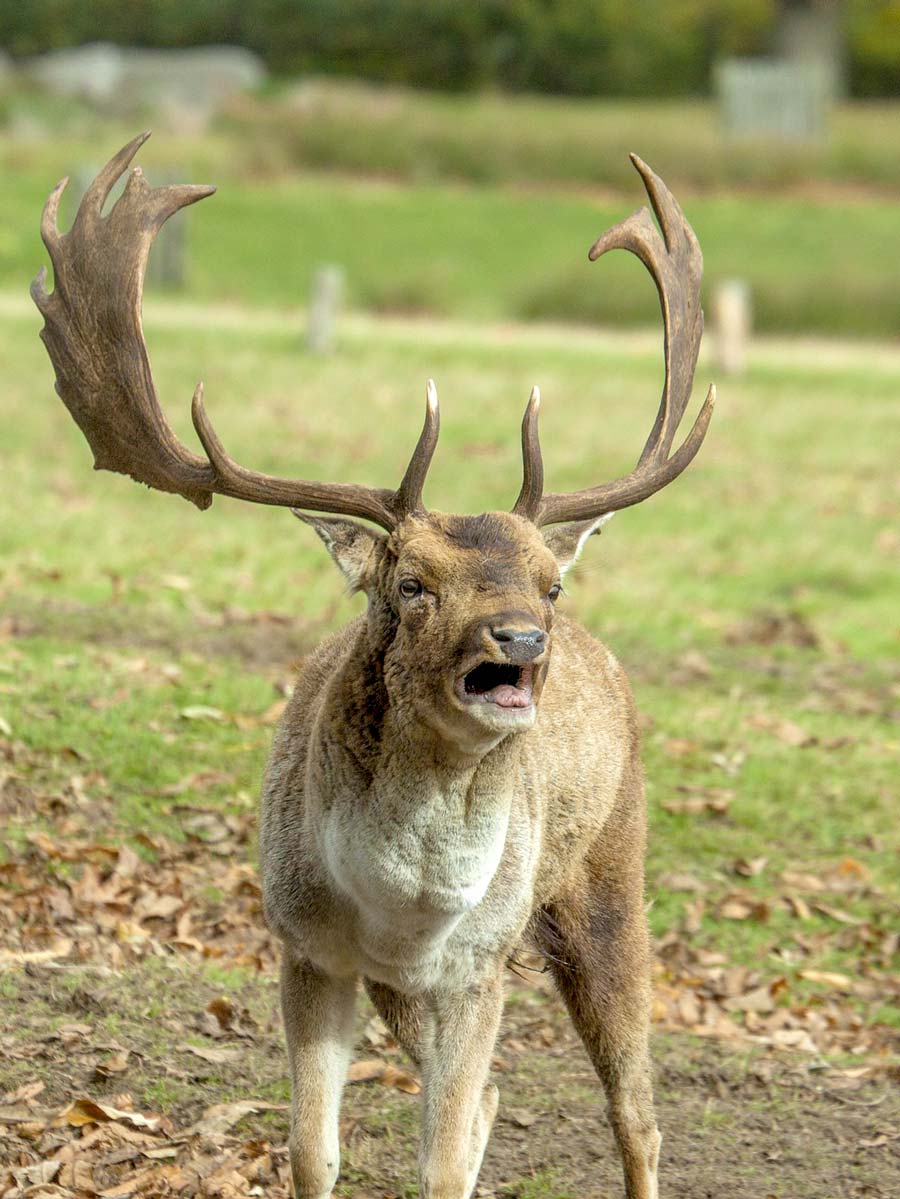
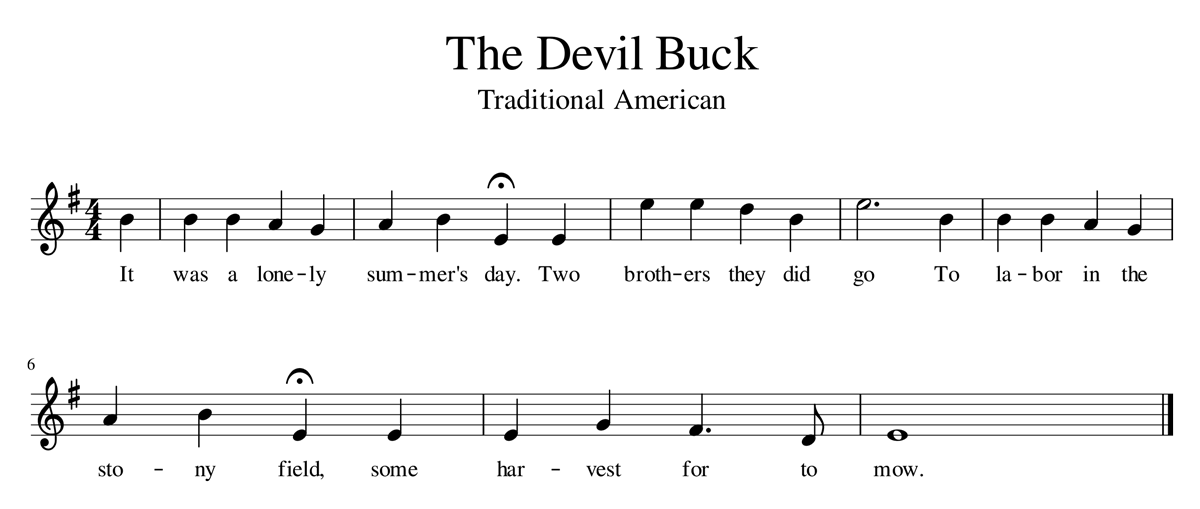

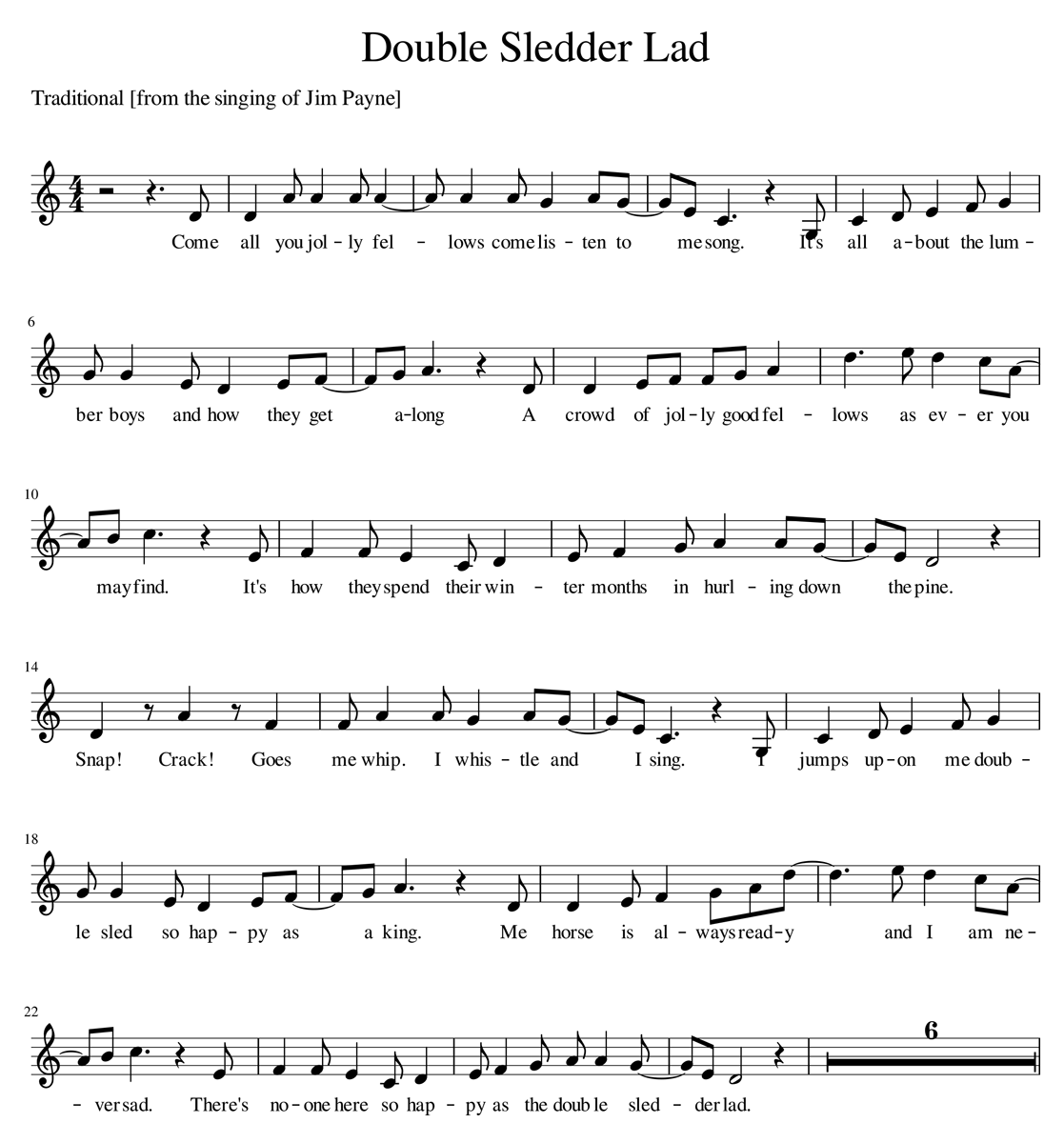
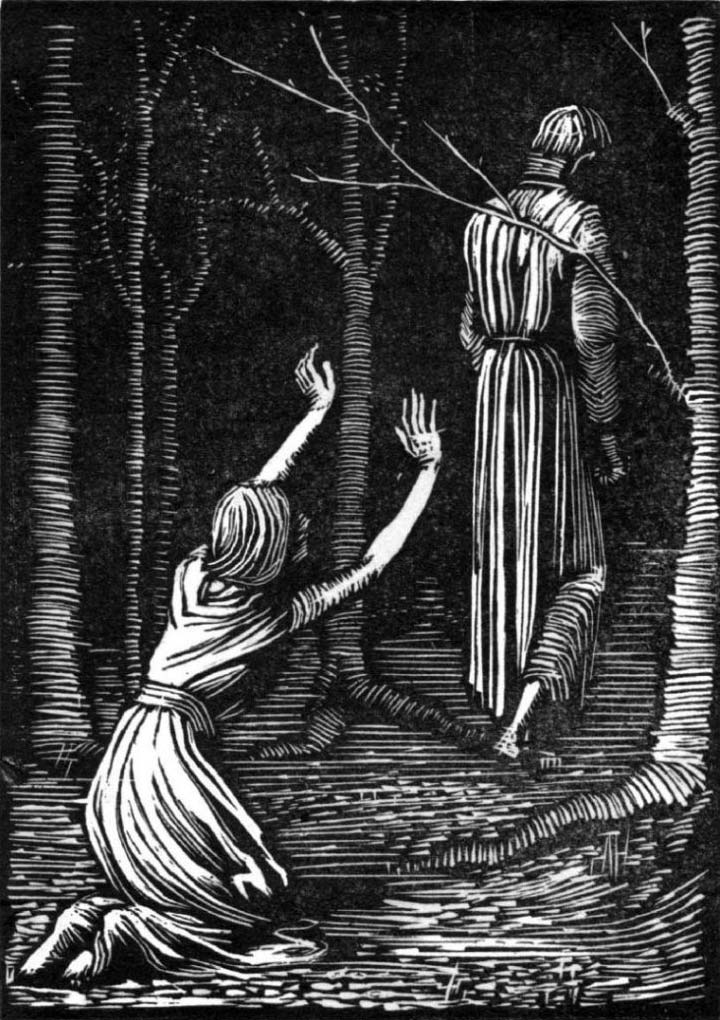
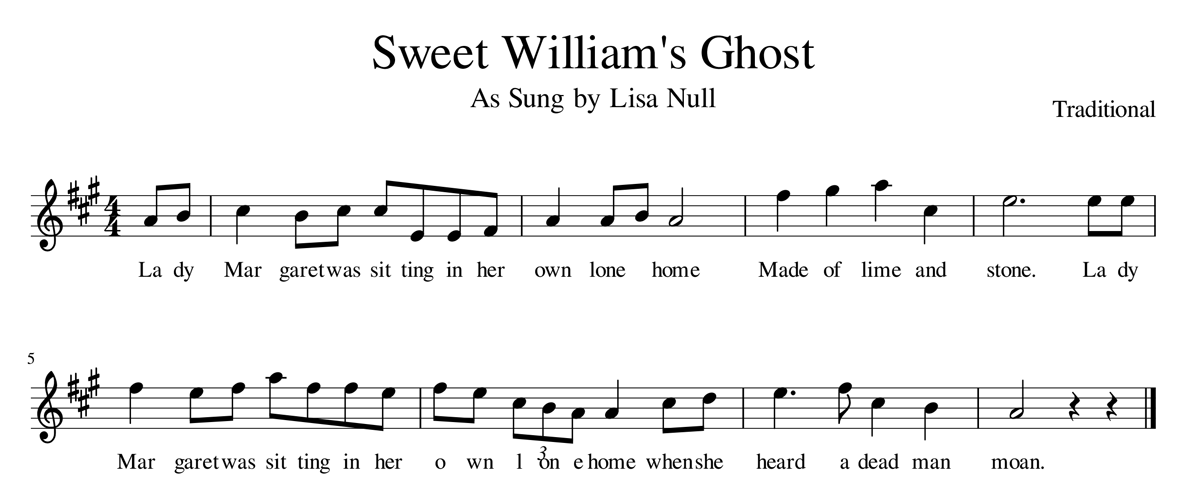
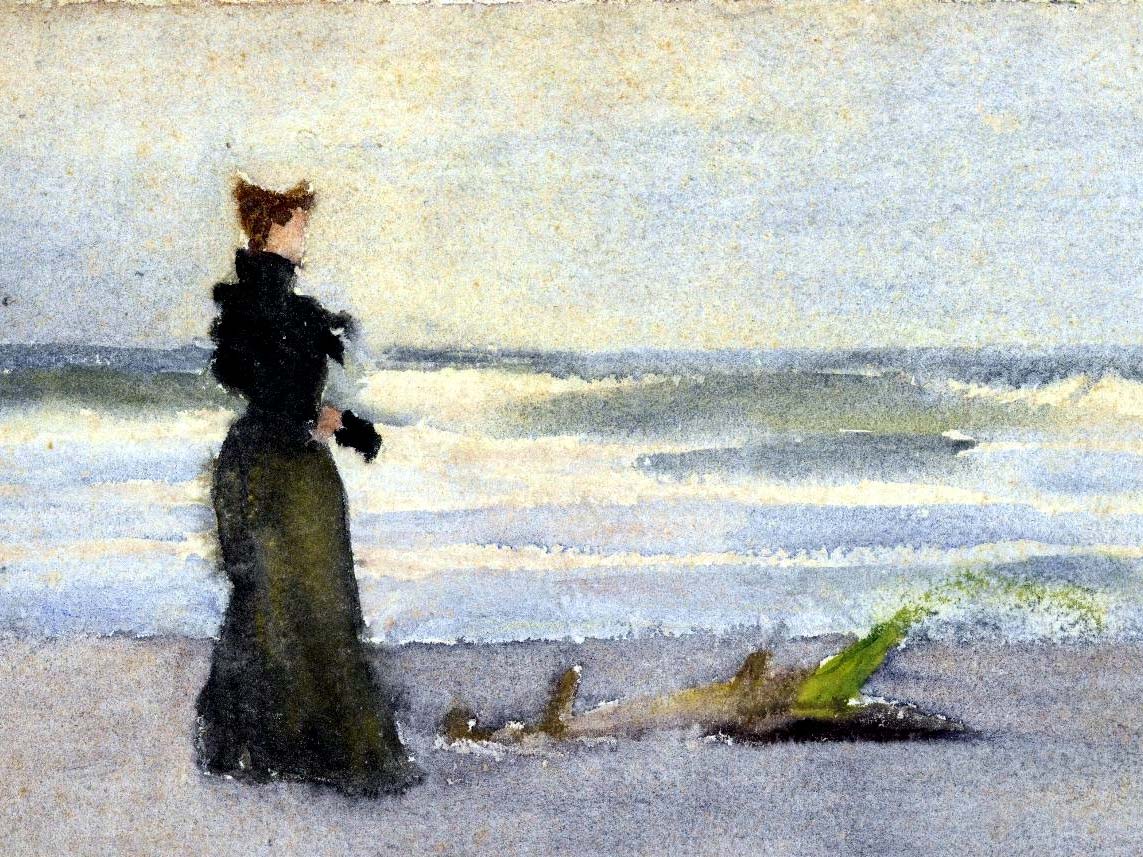
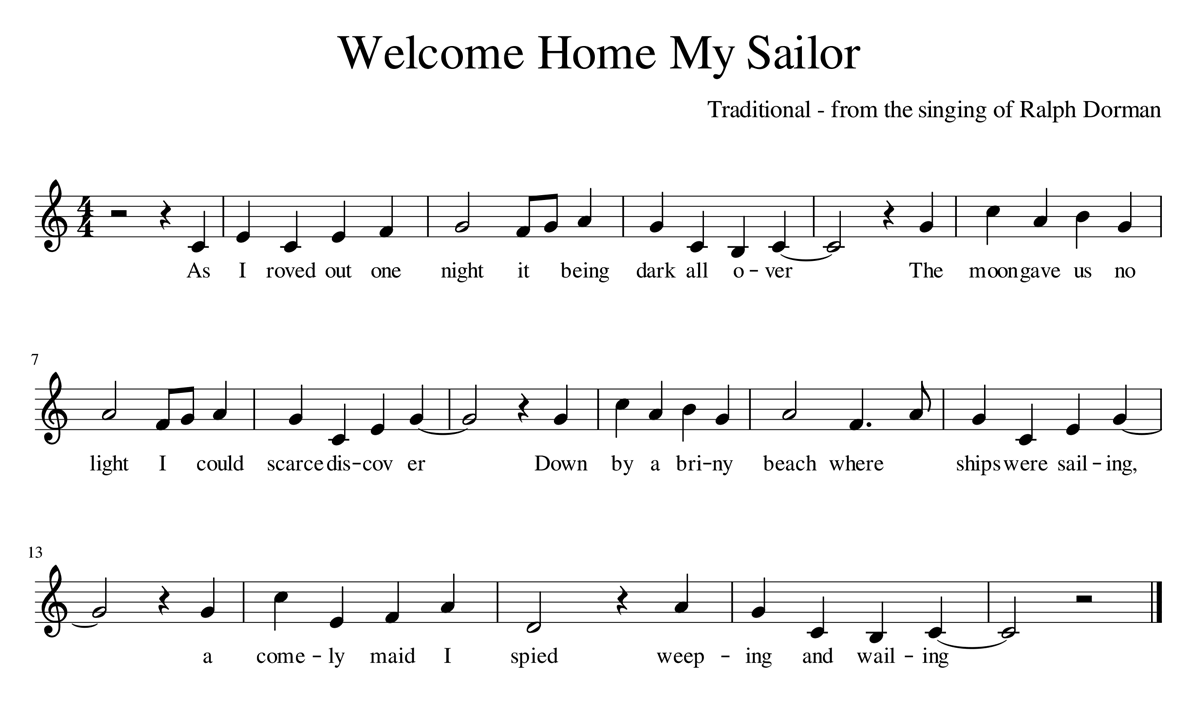
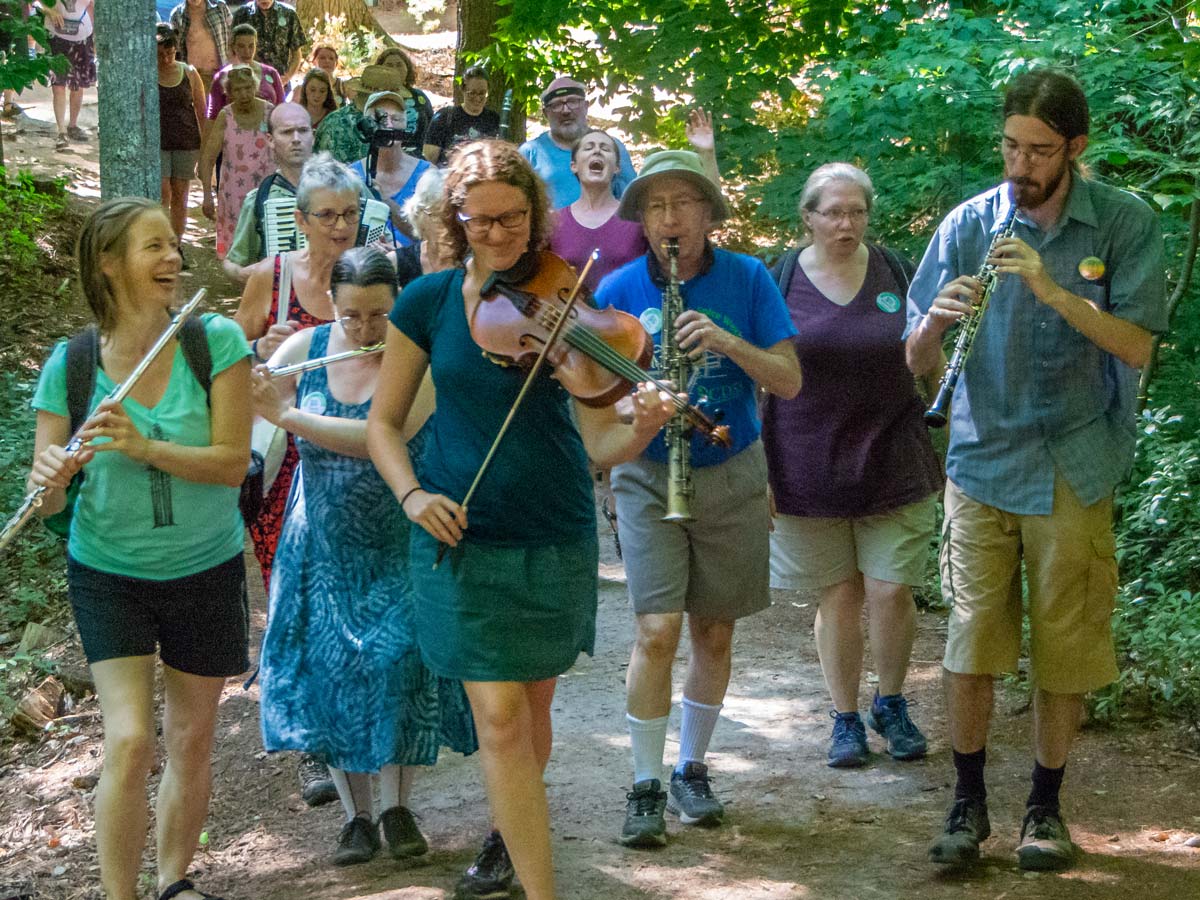
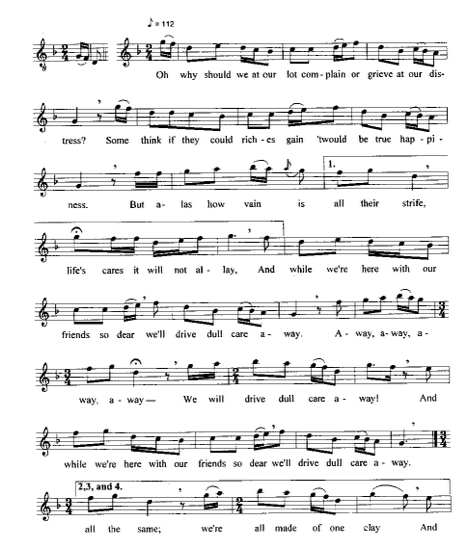
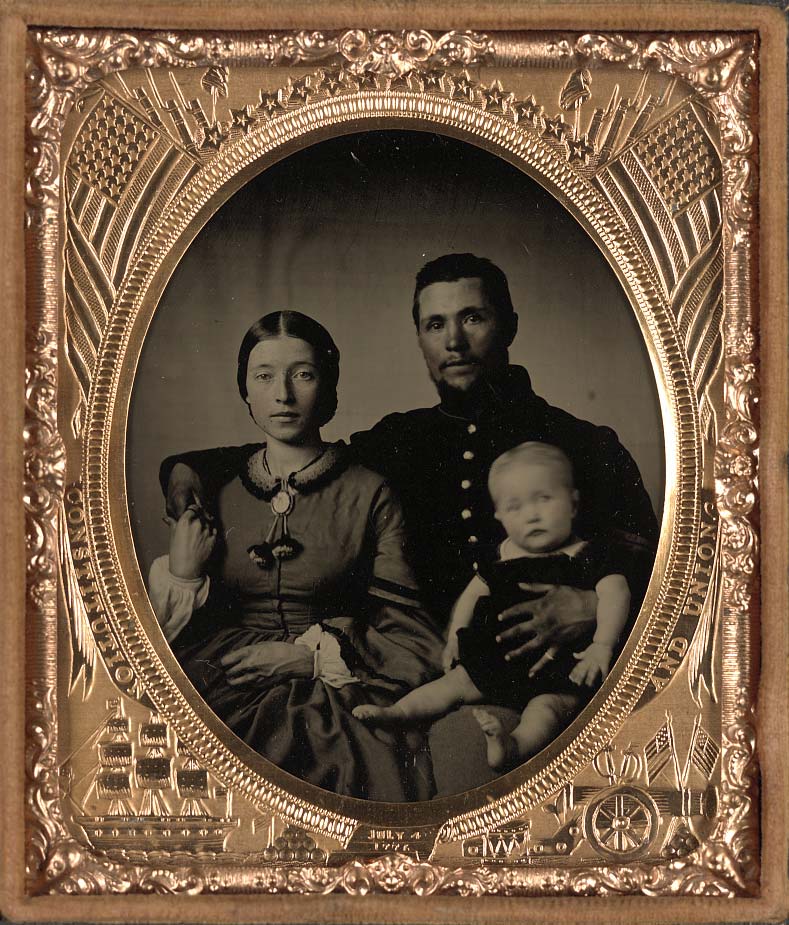
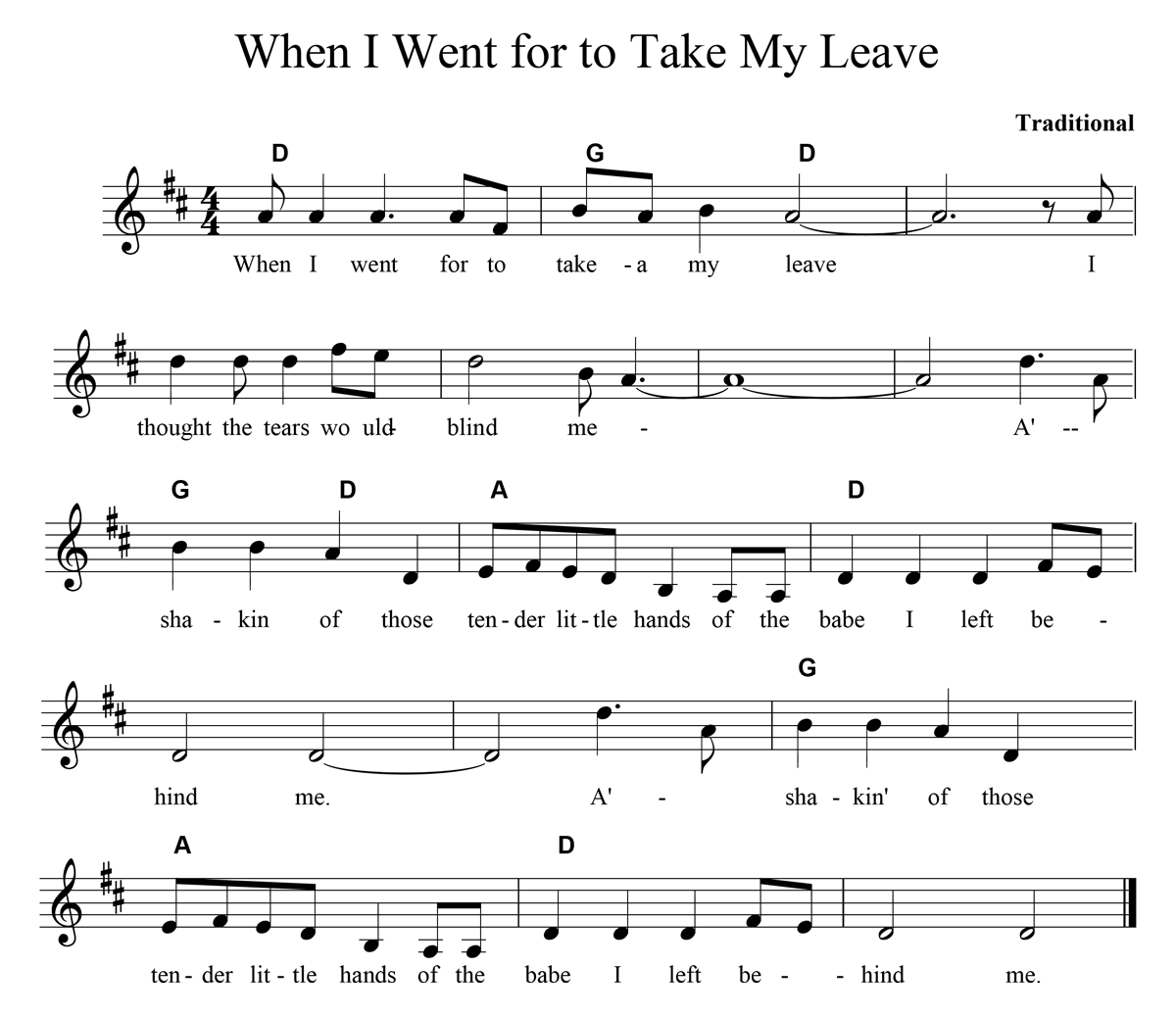
 Thanks to the Massachusetts Cultural Council for their generous support.
Thanks to the Massachusetts Cultural Council for their generous support.